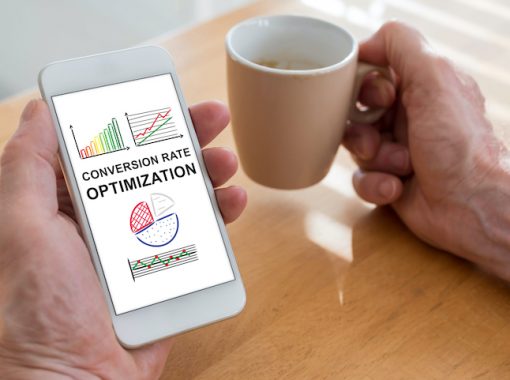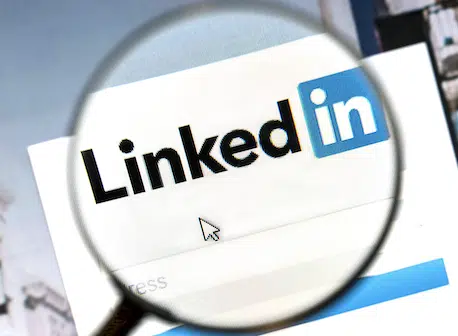
Hundreds of millions of virtual meetings occur every day. Zoom reported that it hosted 300 million meetings per day in 2022. Approximately 58% of meetings last longer than 30 minutes, and the average employee attends roughly 8 meetings per week. More alarmingly, 37% of employees believe unproductive meetings are the biggest money waste for their company, and executives say 45% of meetings aren’t productive.
So, how can businesses make the most out of their virtual meetings and boost efficiency, value, and productivity? One way to increase the efficiency of virtual meetings is through call transcription, which offers several unique benefits and harnesses the power of the written word to create digestible yet brief meeting recaps.
In this post, we’ll cover:
Table of Contents
- What are call transcriptions?
- How do you transcribe a call?
- Should you outsource call transcription?
- Call transcription best practices
Call transcriptions are not only a huge time saver, but they increase accessibility and transparency and help disseminate important communication across teams.
What Are Call Transcriptions?
Call transcriptions are text records of an audio or video call. Typically, third-party platforms are used to transcribe exact records of calls, and businesses use these written versions for many different reasons. For example, when talking to a customer service line, you might hear, “This call may be recorded for quality assurance.”
How Do You Transcribe a Call?
Historically, transcriptions were done manually, with a person typing out a written record of the call. This was incredibly time-consuming and difficult, with lots of rewinding and pausing. Unless you were an expert transcriber, a single call could take days to record.
Now, call transcription services offer real-time, automatic written records of calls. Popular call transcription platforms are Gong, Wingman, Otter, Fireflies, Chorus, Dubber, and more, and different platforms integrate with video conferencing platforms like Zoom, Microsoft Teams, or Google Meet to make the call transcription seamless.
Calls are transcribed while on the phone, and with some platforms, people on the call can even see the transcription as the call goes on. Users can utilize audio and video recordings for different uses, and transcripts can be circulated to a number of different people.
Should You Outsource Call Transcription?
If you’ve decided to move forward with transcribing all kinds of calls, you might be wondering, “Should I outsource call transcription?” The short answer is, “Yes!”
Manually transcribing calls is time-consuming and tedious, and often, businesses don’t have the budget or resources to hire a full-time transcriber. The most effective use of time and money often involves outsourcing call transcription to a platform, and internal team members are often better utilized for performing more complex tasks.
Also, call transcriptions can be difficult and sometimes hard to decipher. Artificial intelligence call transcription tools are often better than the human ear at picking up hard-to-decipher words, mumblings, or unclear sentences. Call transcription platforms often have a high standard of accuracy, which is incredibly important not only for consistency but accessibility. Also, as your business grows with an increase in customer or prospect calls, scalability is key. Outsourcing call transcriptions help keep team members focused on advanced, complex tasks, while a third-party platform focuses on the repetitive, mundane task of call transcription.
Call Transcription Best Practices
Call recordings are often used across the entire organization; they are common in sales for transcribing prospect conversations and sharing competitive intel and insights across teams. Call transcriptions are also used in sales conversations for training new employees and analyzing call success rates. In customer success departments, call transcriptions are used to disseminate customer learnings, garner product feedback, and deepen relationships. Here are a few other call transcription best practices.
1. Enhance employee onboarding and training
From customer calls to sales conversations to quarterly business reviews and all-hands meetings, and call transcriptions to help onboard employees faster. Instead of watching hours of video calls, new hires can quickly read through tons of different calls and gather the key information.
2. Easily search key conversations
Calls and meetings contain mission-critical communication for everyone, but it’s sometimes not possible to listen to hours of calls. Transcripts are quickly searchable, and users can find important dates, links, and topics easily.
3. Improved legal protection
Transcripts also provide eligible, accurate recordings of calls for future reference. In worst-case scenarios with a lawsuit or legal proceeding, you have a verbatim transcript of what your organization said, what customers responded to, and more. This can help quickly identify where issues arose or prove customers were told of a new contract rule, for example.
Use These Call Transcription Tips
Now that you understand the benefits and best practices of call transcriptions, start leveraging written records in your business. Not only will it streamline key processes like employee onboarding and customer feedback, but your employees can focus on higher-level, more complex tasks while third-party automation outsources call transcriptions.
Call transitions make it easy to uncover specific data and moments of virtual meetings, increase searchability and accessibility, and can even be helpful for legal purposes. Call transcriptions can also improve comprehension and knowledge absorption, especially in mission-critical communications.












